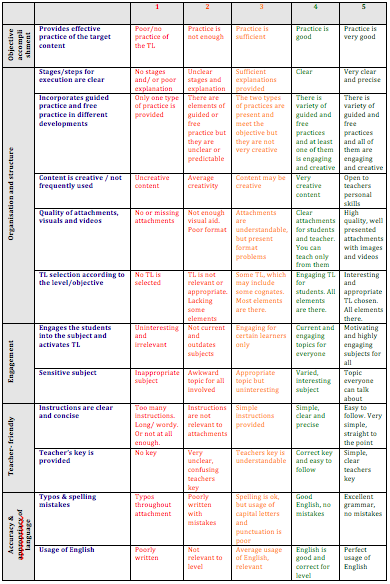Teachers need to be as prepared as possible before every time they enter the classroom, this includes for the class itself but also for any other questions, queries or problems that may come up throughout the class.
However, no matter how well you prepare there is always the chance that something will catch you off guard and take you by surprise. This is especially the case when going to a new class for the first time as you can never be sure what could happen and what the group are like.
One problem that can throw you off track is if you arrive to class and you encounter different levels of learning amongst the students. This can vary from one student having a stronger or weaker level, to numerous students who do.
If you find yourself in the situation where you need to teach a group which has different levels of learning, what can you do? The most important thing is to ensure that you do not panic. That is the worst thing that you can do and will be obvious for the whole class to see. Make sure you remain calm and figure out who are the weaker and stronger students. Once you have this information you will be able to deliver a better class. One great technique is to use the stronger students to help you to teach the weaker ones. This may be by asking them to give examples or to explain in their words to the other students (in English of course). Using this method may aid those who are struggling to understand what is being asked of them.
As well as this you can always try to do the same activity but just done in a different way or involving different tasks. Again, some people may find something easier to understand one way more than another.
The teacher also has the possibility of grading the activity. By this we mean that they can make the activities more or less challenging than planned. In doing so, they enable to the task to be tailored to the level of the student. Those who are finding it difficult will be able to learn but just at a lesser pace and with easier work. If involved in a group discussion the teacher can pose simpler questions to those who need them.
Despite all these techniques it may still be very difficult to put into action. The teacher must ensure that the struggling students do not feel embarrassed or demotivated. People can lose their confidence very easily if they feel like they are in any way worse than the others in the group. With experience all teachers will learn some tricks and methods to deal with this type of situation.
If you want to learn more about how to deal with different levels of learning in the same ESL classroom, we recommend you the following sites:




